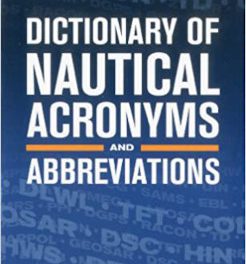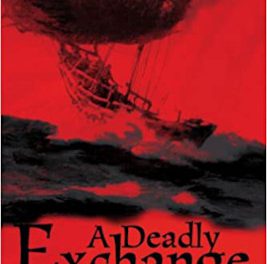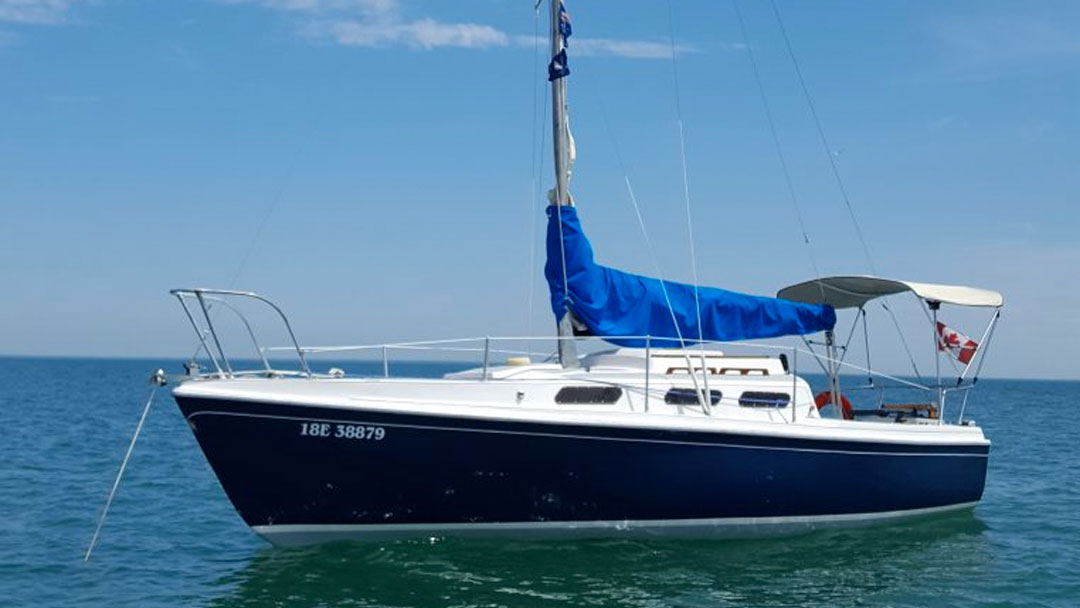 I don’t read romance novels; this is the first romance novel I have ever read. But this book was given to me by a good friend who billeted Carol Cronin in her home during the Snipe North American Championships hosted by our yacht club. So, I figured this novel about Olympic sailing, by an Olympic sailor, might be worth a try. I was pleasantly surprised.
I don’t read romance novels; this is the first romance novel I have ever read. But this book was given to me by a good friend who billeted Carol Cronin in her home during the Snipe North American Championships hosted by our yacht club. So, I figured this novel about Olympic sailing, by an Olympic sailor, might be worth a try. I was pleasantly surprised.
This is the only book I have read that accurately describes, as part of the arc of the story, the tactics and experiences on a highly competitive small boat starting line and race course. Don’t get me wrong, this is still a somewhat simplistic romance novel, with some superficial characters, but it was an enjoyable read. The characters and situations will be familiar to anyone who has ever done any competitive small boat sailing. The plot involves the initially antagonistic relationship between aspiring Olympic solo sailors Casey Morgan and Spencer Harding. True to form, they start off suspicious of each other, but in the end join forces as skipper (Casey) and crew (Spencer) to win an Olympic berth in the two-person Duo class, and embark on an evolving romantic relationship.
Spencer is a sailmaker who makes a secret breakthrough in the Solo and Duo sail design, and battles unethical competitor sailmaker Alex Lane for dominance of the fleet, with the complication of a new mast being introduced on the Solo. Spencer’s boss at his small sail loft, Gordo, also sailed in a past Olympics, but failed to win a medal, and Casey’s stepfather, who is reluctantly financing her campaign, also had an unsuccessful Olympic equestrian experience.
It is interesting that the chapters devoted to Gordo are in first-person, that is, in his voice describing what is going on with Casey and Spencer. All the other chapters, each devoted to either Casey or Spencer, are in third person. This works as an effective literary ploy to get an inside perspective on the characters. Gordo becomes their coach when Casey starts to work at the loft to evaluate the new sail prototypes after they team up in the Duo class.
The author, Carol Newman Cronin, did sail in the 2004 Athens Olympics, skippering an all-woman crew in a Yngling as part of the US team. She had two firsts and a second in eleven races but did not fare well in heavy air. She finished out of the medals and she admits this disturbed her greatly. She summons her background and those emotions to tell this story.
As an aside, I learned something from this novel. Before this, I did not realize that the sails on Olympic classes are not “one-design,” that is, they are not all identical and supplied by the same loft. They have been one-design (and remain so today) for the Laser class, but it doesn’t seem to be the case for the other Olympic classes, as I thought. Who knew?
So if you are interested in an unconventional love story that is immersed in competitive sailing—standing around in wetsuits in the sailing compound, action at the starting line, tacks and gybes, upwind tactics, the long drives between regattas, and the inevitable lack of funding—this is a good read. It certainly brought back fond memories of my own dinghy days.
Game of Sails: An Olympic Love Story, by Carol Newman Cronin (Live Wire, 2012; 294 pages)





